
This article deals with the evolution of Nikkor zoom lenses between the introduction of the F-Mount in 1959 and the start of Nikon's mass-market AF-SLRs in 1986.
In early 1959 Voigtländer introduced the first zoom lens for 35mm cameras, the Zoomar 36-82mm f/2.8. A few weeks later, Nikon introduced their first 35mm SLR - the F - together with a couple of lenses. One of these lenses was the Auto Nikkor Telephoto-Zoom 8.5-25cm f/4-4.5. The production of this zoom lens started in November 1959. By today's standard the handling was a bit unusual. It has a push-pull unit for setting the focal length and a separate focus ring. In August 1961 the production of a new version began - it was optically identical, but has got a combined ring for focal length (push-pull) and focussing (rotate), just like modern one-ring zooms. The lens I own is an early sample of the second version.
Because the lens itself has a length of more than 30cm you will have to scroll a bit for reading more...
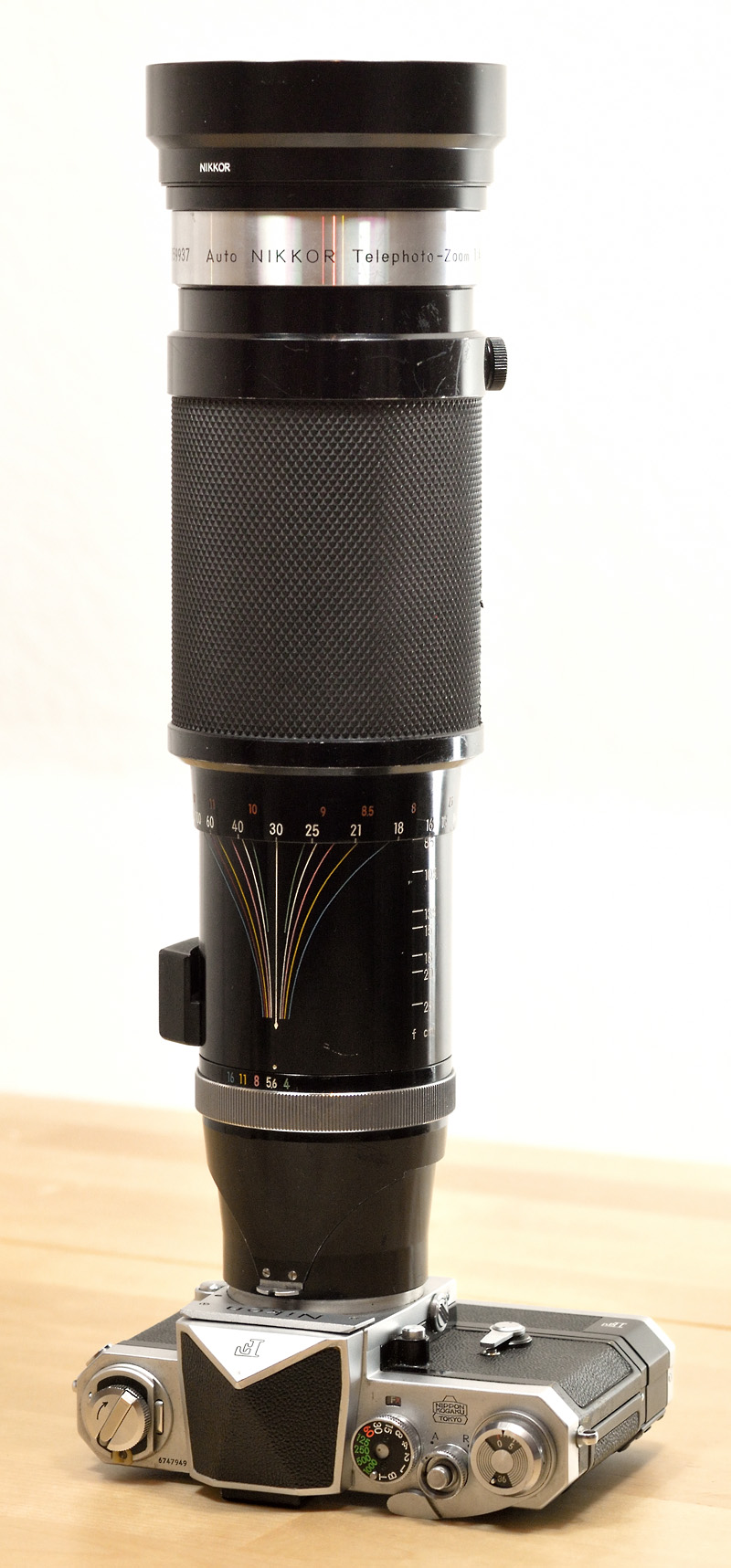
|
|
Professional gear for sports photographers in the early 60s. Nikon F with F-36 Motordrive and Auto Nikkor Telephoto-Zoom 8.5-25cm f/4-4.5 including hood. The lens weighs 2kg. |
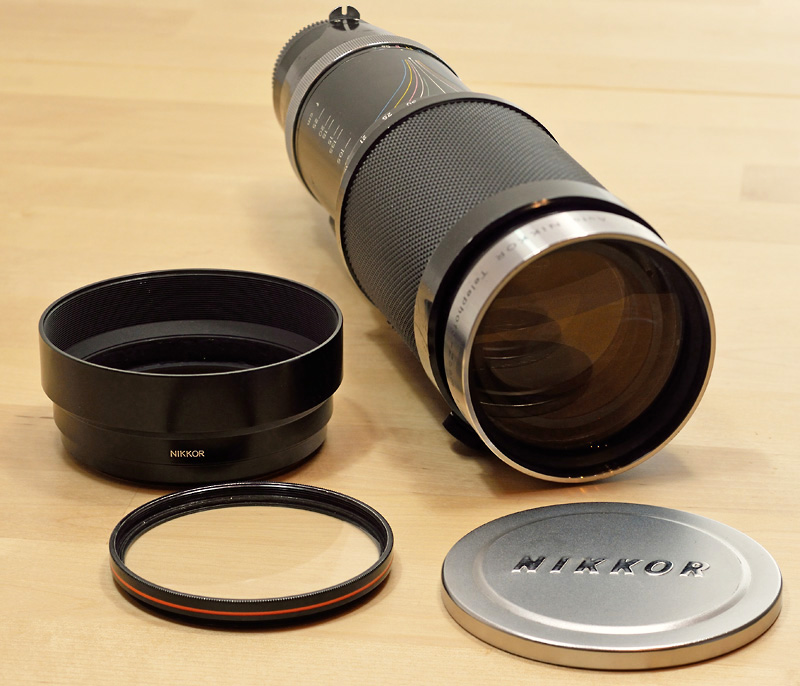
|
|
The lens came with a close-up lens (which reduces the shortest focus distance from 4m down to 2.2m), a screw-in type hood and a massive metal front cap. Typical for the early years: these parts were nameless. The filter thread has a diameter of 82mm. |
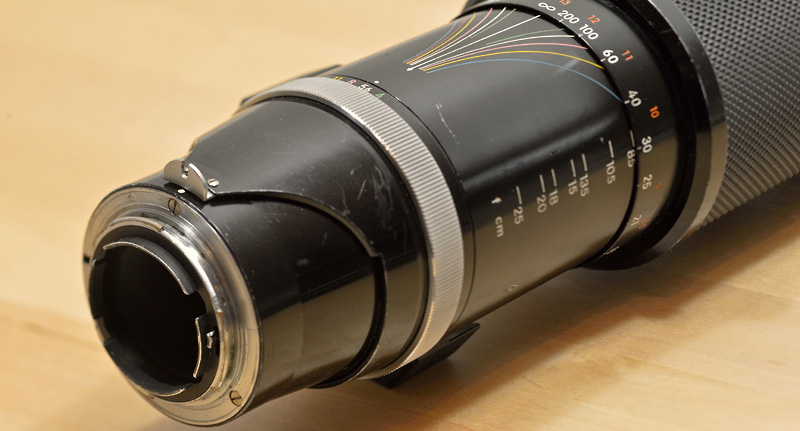
|
|
Pay attention! Usually a Nikkor has a fixed silver ring for easy grabbing. But here, the silver ring is the aperture ring! BTW: the orange numbers on the focus scale show the distances (in feet) when the close-up lens is attached. |
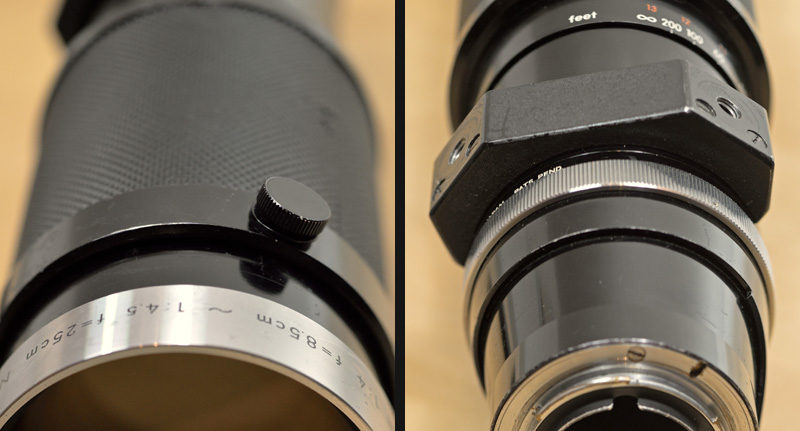
|
|
At the front end of the zoom ring there is a locking screw. It locks both the zoom and the focus setting simultaneously! Because the lens is big and heavy, a monopod or tripod is recommended in many situations. The lens has two tripod mounts - one for landscape and one for portrait orientation! |
In the 60s my father owned a Voigtländer Zoomar for his Bessamatic bodies. That is why there are a lot of slides from him captured with the Zoomar. Well, the main problem of it is the fuzzyness in the outer areas of the frame (not only the corners). That is also the reason why he sold the lens after a few years. The Nikkor 43-86mm f/3.5, introduced in 1963, is another example of an early zoom with a poor optical performance, see my short review of it in this article.
I have already tried the 85-250mm in Y2K on my F4 and rated it as average (2.5 out of 6). Now I have bought a second sample for checking the optical performance in the digital world:
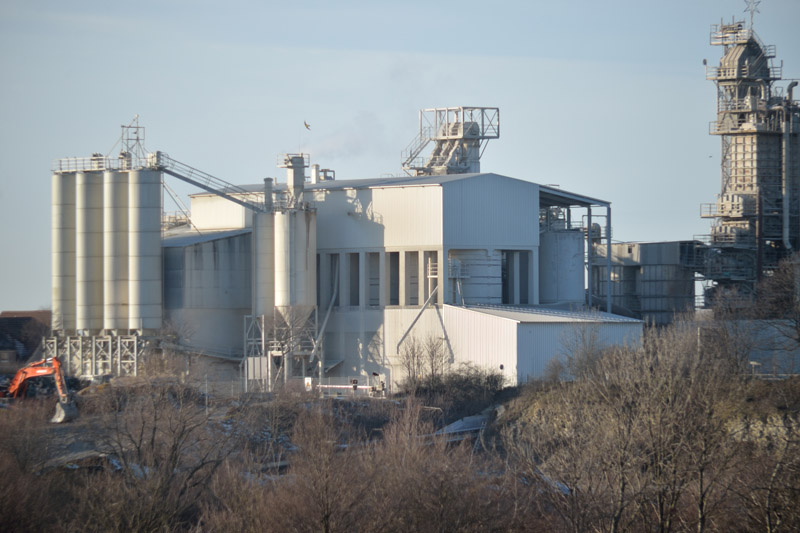
|
|
This image was captured with my Nikon Df plus Nikkor 85-250mm at 250mm and F4.5. IQ is terrible! |
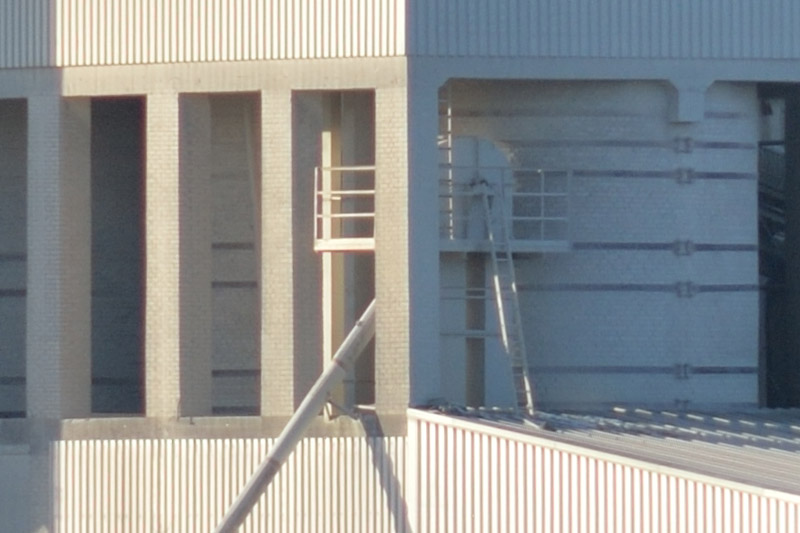
|
|
100% crop of the centre. The sharpness is just acceptable. |
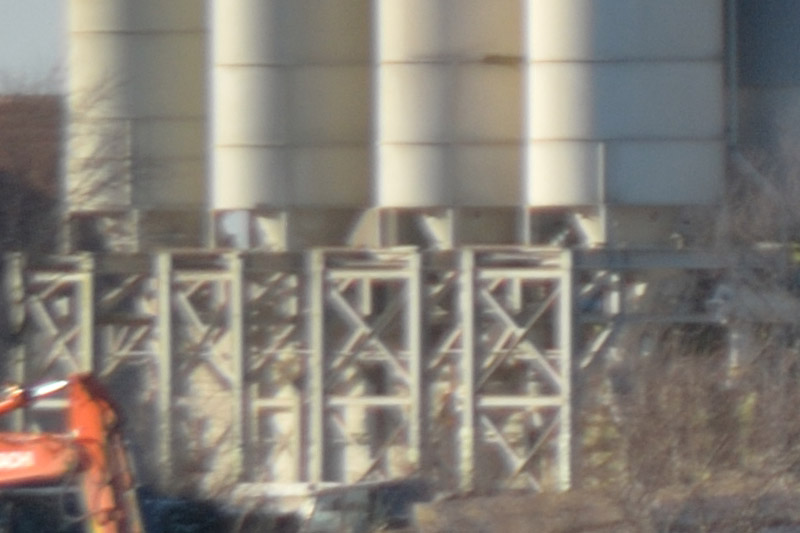
|
|
Just a few mm away from the centre everything is fuzzy! |
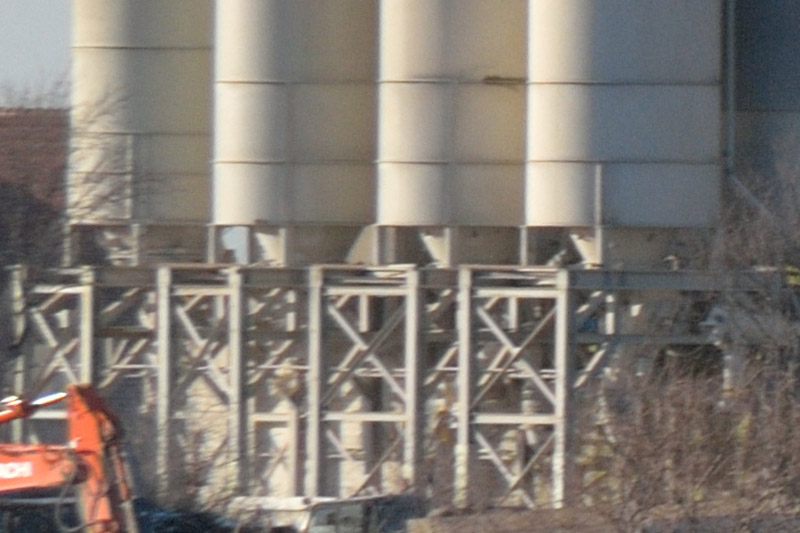
|
|
The same 100% crop, but the lens is stopped down to F8 here. It's better, but still not good! |
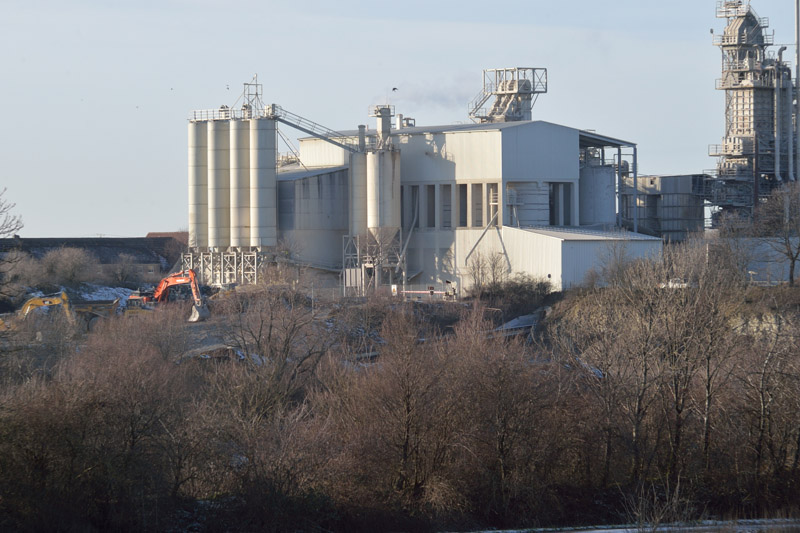
|
|
This image was shot with my Nikon Df plus Nikkor 85-250mm at 200mm and F8. Overall the performance of the lens is acceptable here. |
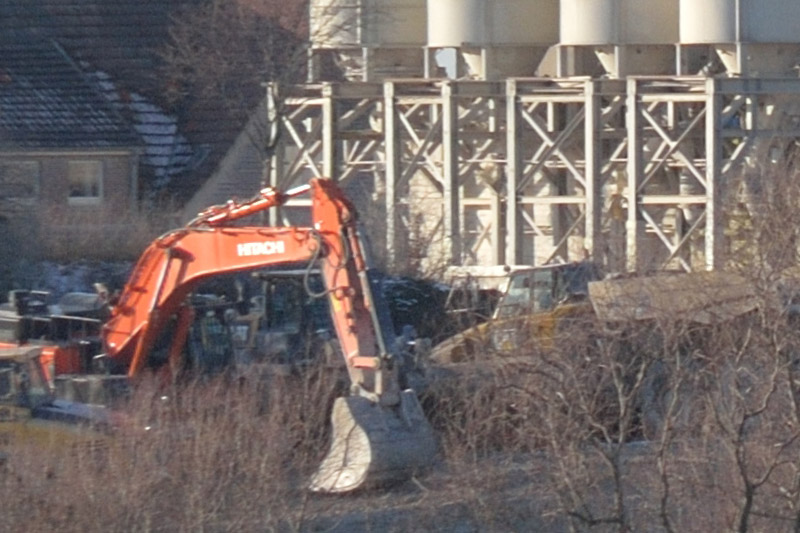
|
|
A 100% crop of the above image. |
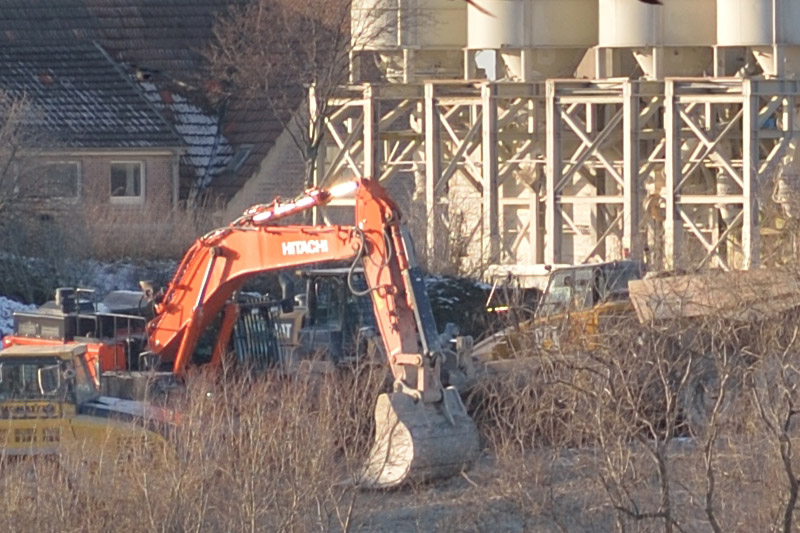
|
|
For comparison, the same crop from an image that was captured with a version from the early 60s of the Nikkor 200mm f/4 prime lens, stopped down to F8. |
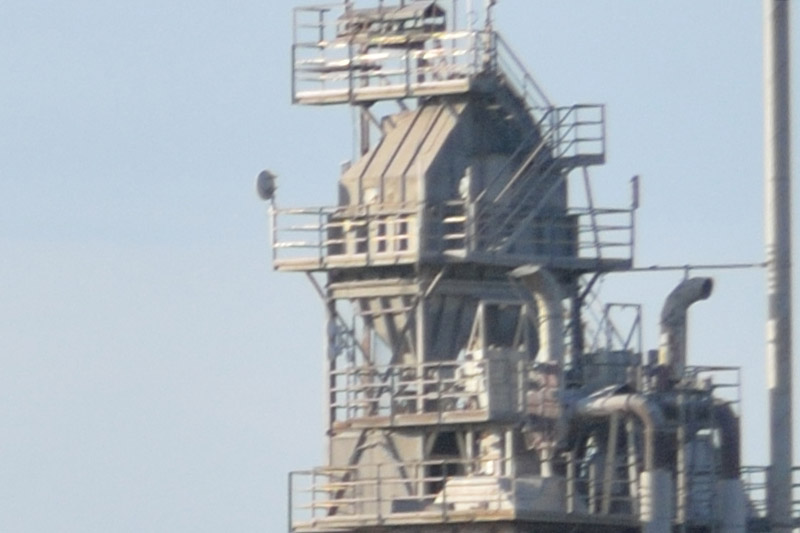
|
|
Another 100% crop of the above image. |
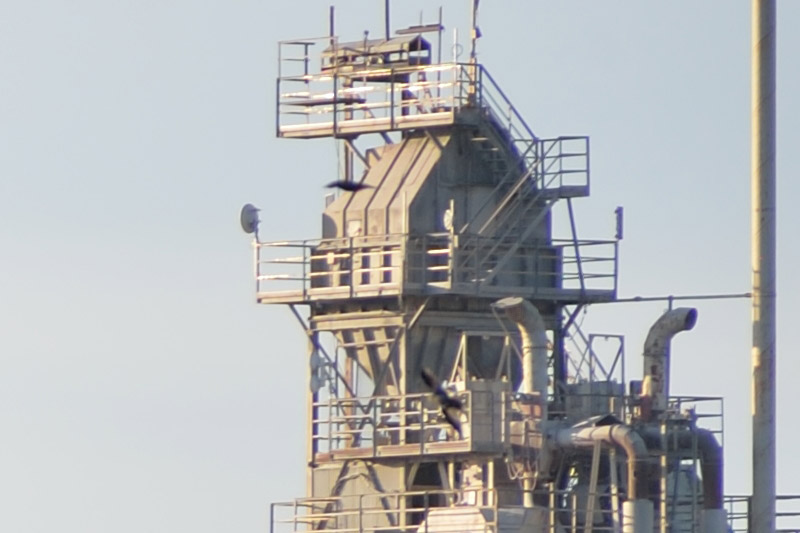
|
|
Same crop, but 200mm f/4 prime lens. |
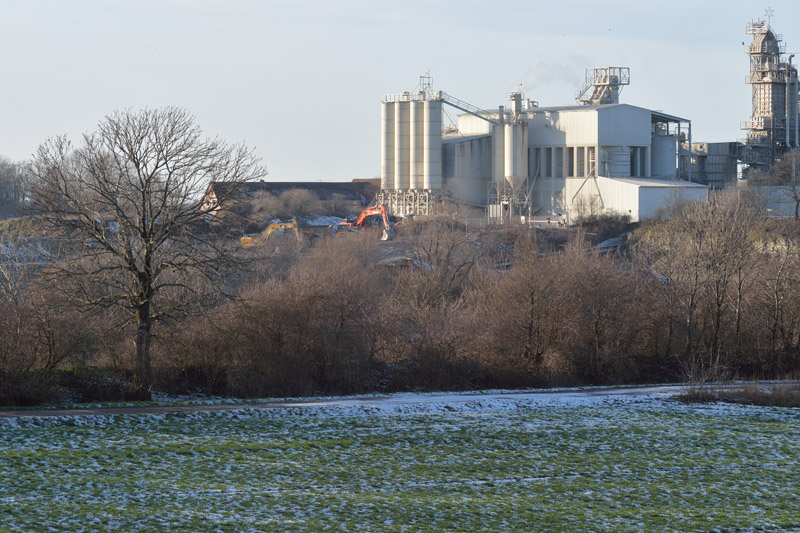
|
|
Nikkor 85-250mm at 135mm and F8 - with these settings the lens delivers its maximum IQ. |
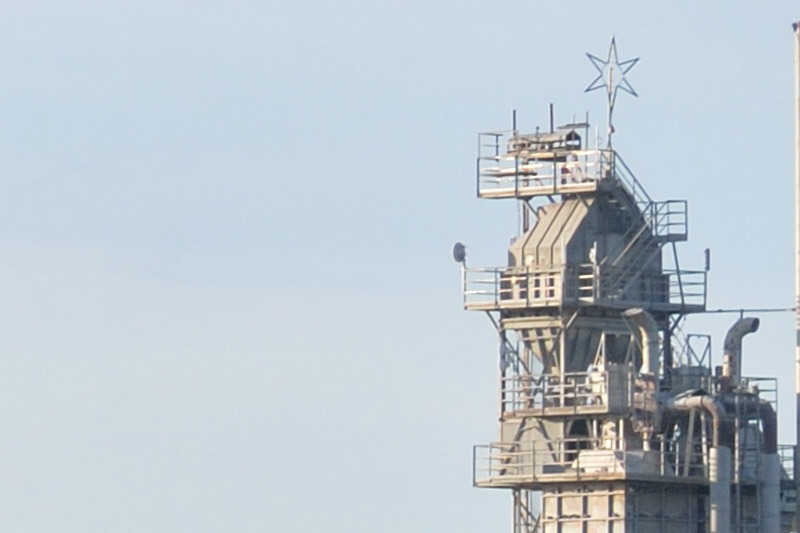
|
|
A 100% crop of the above image. |
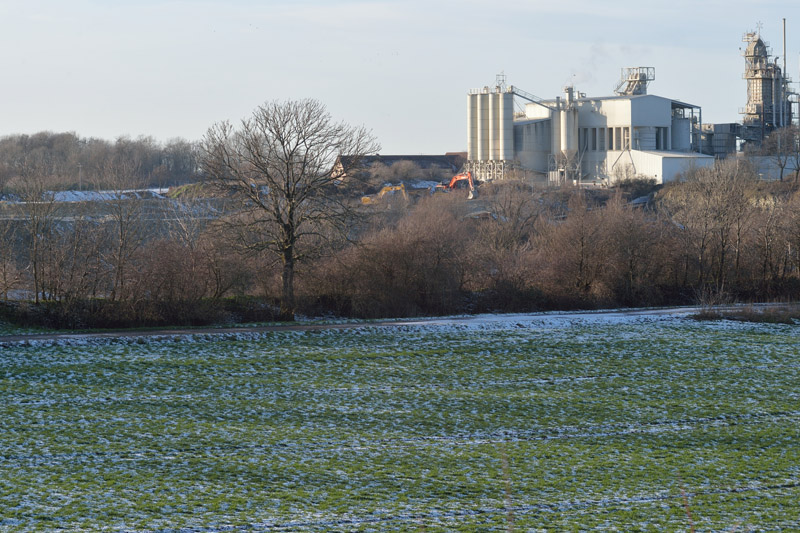
|
|
At 105mm the performance is nearly as good as at 135mm. |
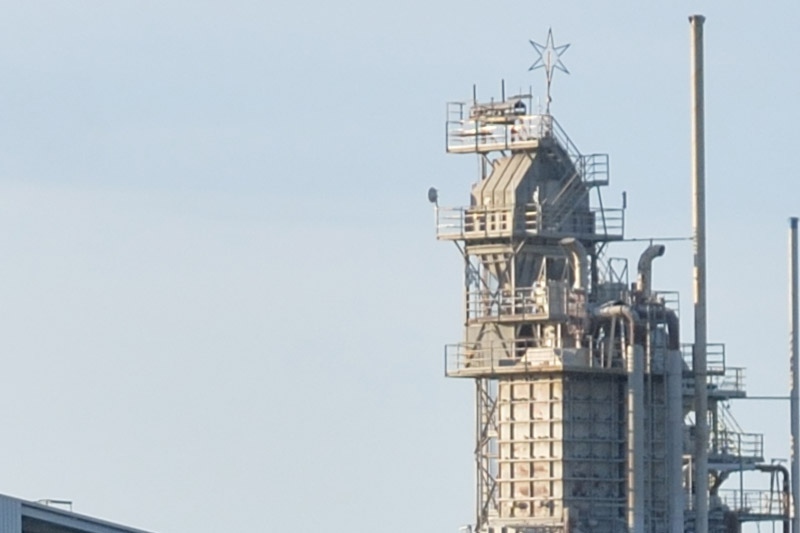
|
|
A 100% crop of the above image. |

|
|
For comparison the same 100% crop, but from an image captured with an early version of the Nikkor 105mm f/2.5 at F8. |
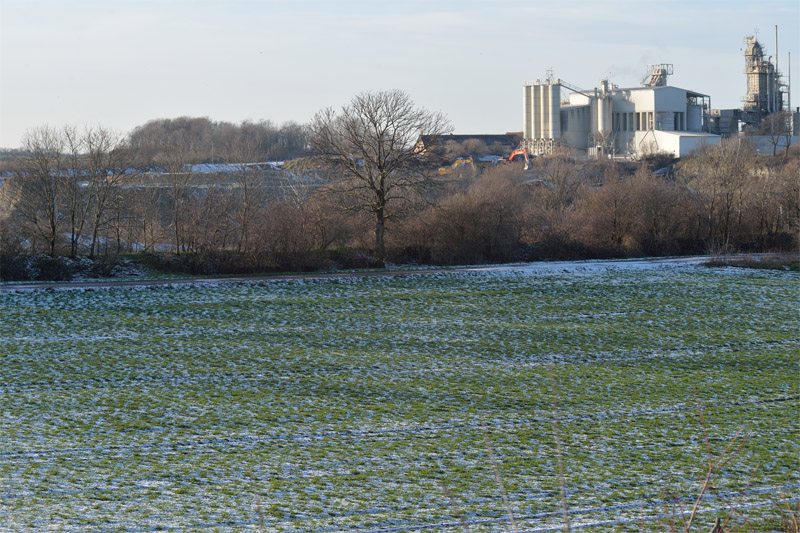
|
|
At 85mm the fuzzyness is back at the borders of the frame, even stopped down. Overall the IQ is just acceptable at 85mm. |

|
|
A 100% crop of the above image. |
As the test shots above show, the 8.5-25cm is poor in terms of image quality. Short summary: use it only in the range of 105~200mm and never wide open! Because my notes say that the first sample was a bit better, there might be some sample variation, too. Nevertheless, this early zoom is a beautifully crafted lens and a nice part for a collector.
The 85-250mm got some slight improvements over the years. It was discontinued in 1973.
In 1969 Nikon announced the very compact Zoom-Nikkor 80-200mm f/4.5. Although the focal length range ends at 200mm and the big old 85-250mm was still in production, the new Zoom-Nikkor can be regarded as its successor.
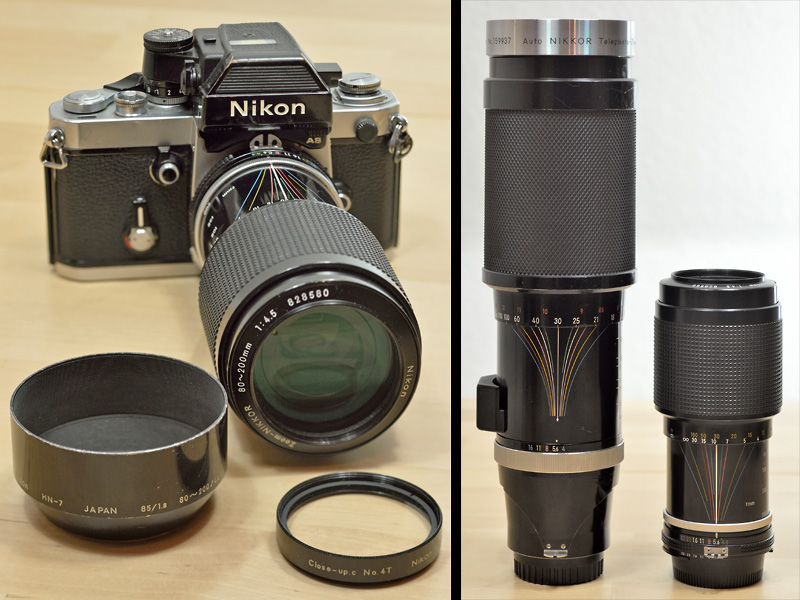
|
|
The 80-200mm f/4.5 is a well-made and handy telephoto zoom. This is the last version of this lens, my sample is from 1979. It is much smaller (about half the length) and lighter (750g vs 2000g) than the old 85-250mm. Moreover, it has a 52mm standard filter thread. The shortest focus distance is 1.8m. If you want to go closer: the lens works great in conjunction with a Nikon 3T or 4T close-up lens. |
Even by today's standards, the Zoom-Nikkor 80-200mm f/4.5 is a very good performer! If you are looking for a compact 80-200mm zoom and if you can live without autofocus, this is your lens! Take a look at the test shots below:
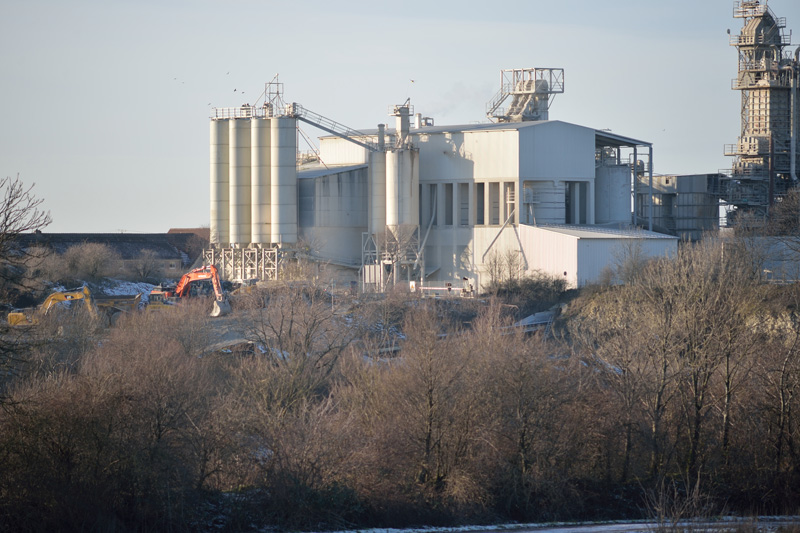
|
|
This image was captured with my Nikon Df plus Zoom-Nikkor 80-200mm at 200mm and F4.5. The sharpness is impressive! |
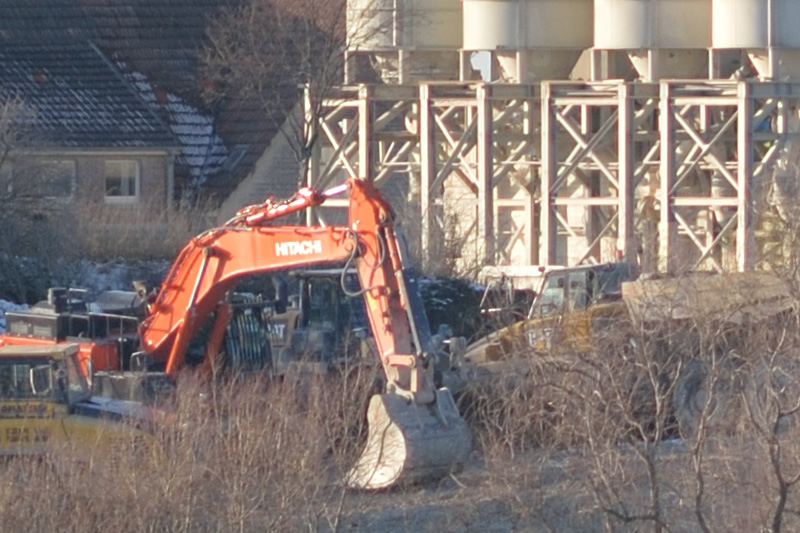
|
|
100% crop of the image above. |
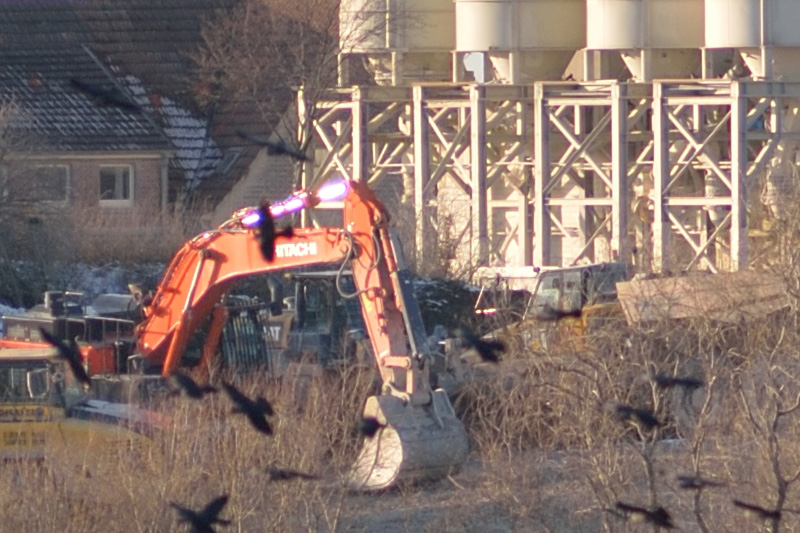
|
|
For comparison, the same crop captured with the 200mm prime lens at F4. |
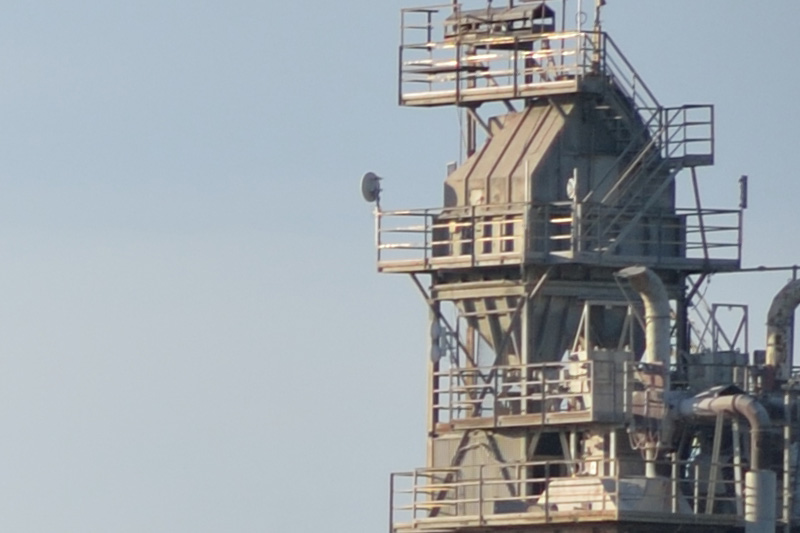
|
|
100% crop of the upper right corner. |
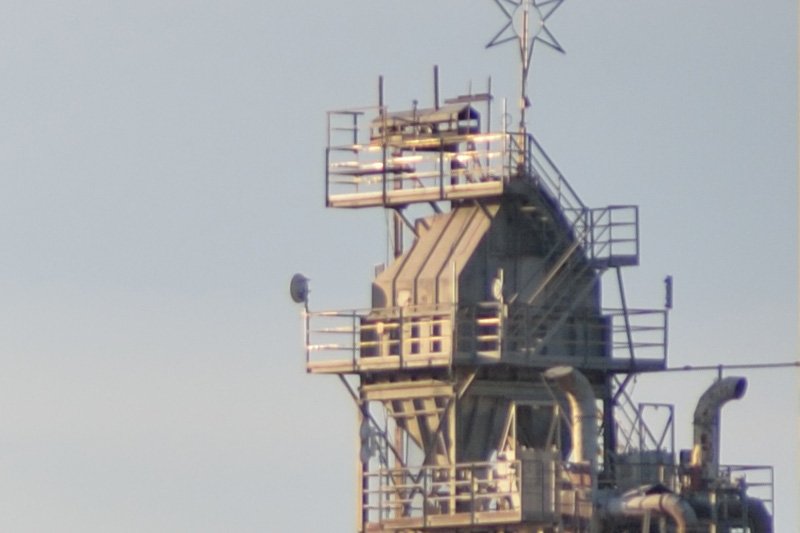
|
|
Again for comparison the Nikkor 200mm f/4 wide open. |
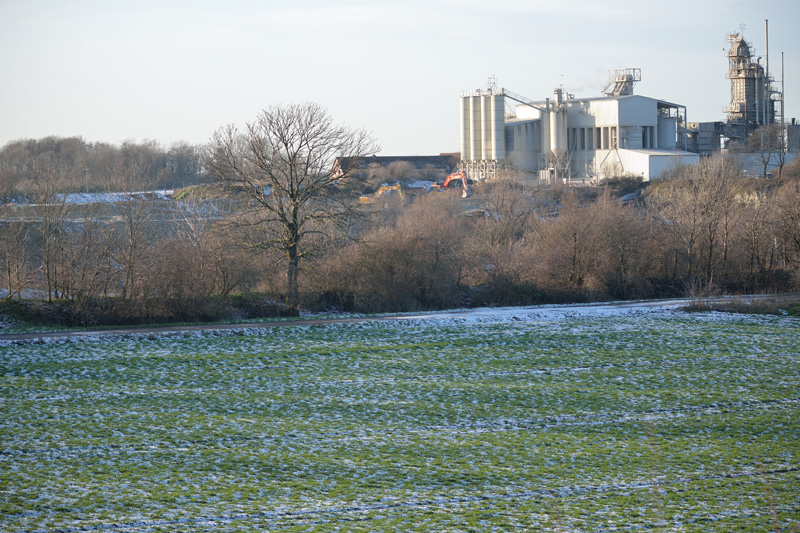
|
|
Nikkor 80-200mm at 105mm wide open. Again: sharp all over! |
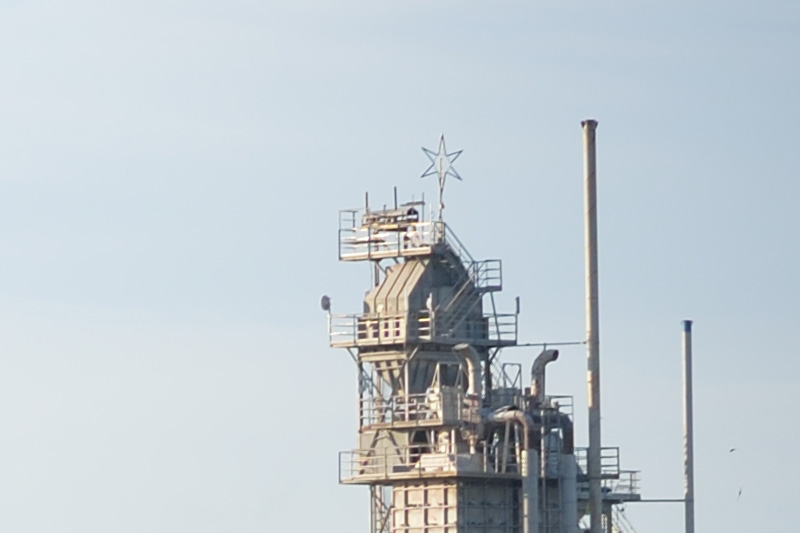
|
|
A 100% crop of the upper right corner. |
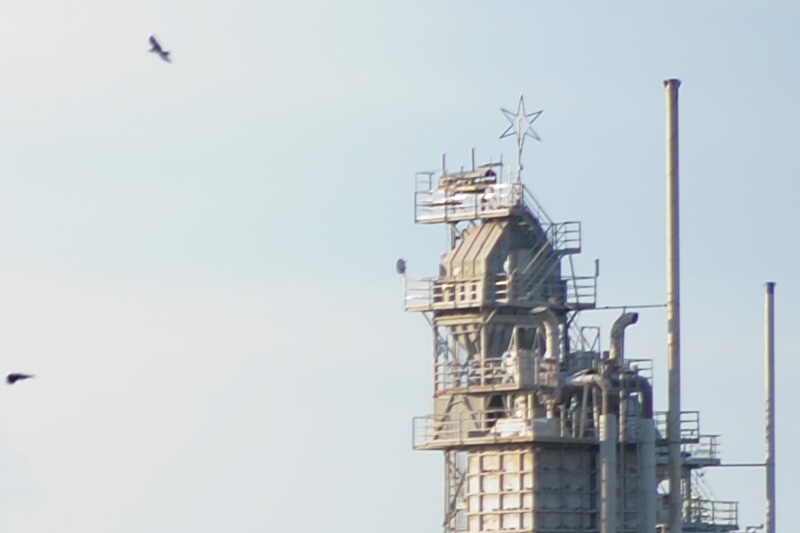
|
|
For comparison the same crop, captured with the Nikkor 105mm f/2.5 at F4. |
In 1975 Nikon announced the first true wide angle zoom for 35mm cameras - the Zoom-Nikkor 28-45mm f/4.5. It sounds pretty unspectacular today, but 44 years ago it was a small breakthrough!
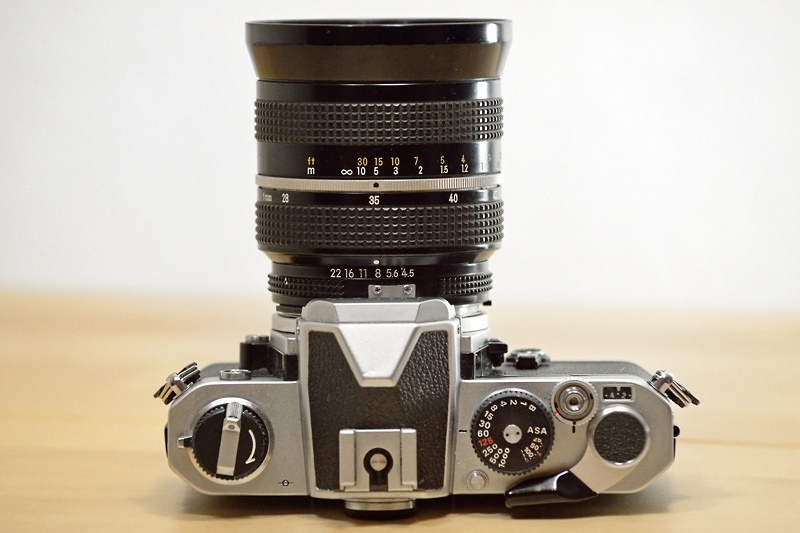
|
|
Zoom-Nikkor 28-45mm f/4.5, mounted on a Nikon FM. This is an early sample of the lens that has been factory AI'd. The size of the lens does not change through zooming or focussing. The filter thread does not rotate and has a diameter of 72mm. It is a compact lens with a length of about 80mm (measured from the mount) and a weight of 450g. The minimum focus distance is 0.6m. |

|
|
The front element of the lens is recessed. To the left, the lens is set to 28mm and infinity, to the right, it is set to 45mm and infinity. Both, the longer the focus length and the longer the focus distance, the more recessed the front element is. It is one of the very few lenses I have used without a lens hood. If you want to use a lens hood, Nikon HK-1 is the proper one. |
I tested the lens at F5.6 an F11. Here are some test shots, starting in the middle of the zoom range at 35mm:
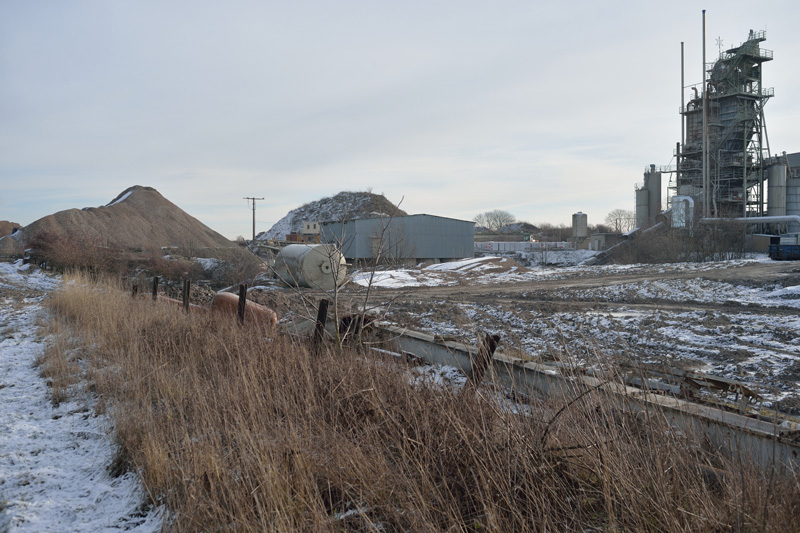
|
|
This image was captured with my Df plus Zoom-Nikkor 28-45mm at 35mm and F5.6. Except for the farthest corners, everything is sharp! |

|
|
100% crop of the image above. |

|
|
For comparison, the same crop captured with a Nikkor 35mm f/2 (latest Version, AIS) at F5.6. The prime lens is slightly sharper in the corners. But stopped down to F11, I can't see any differences! |
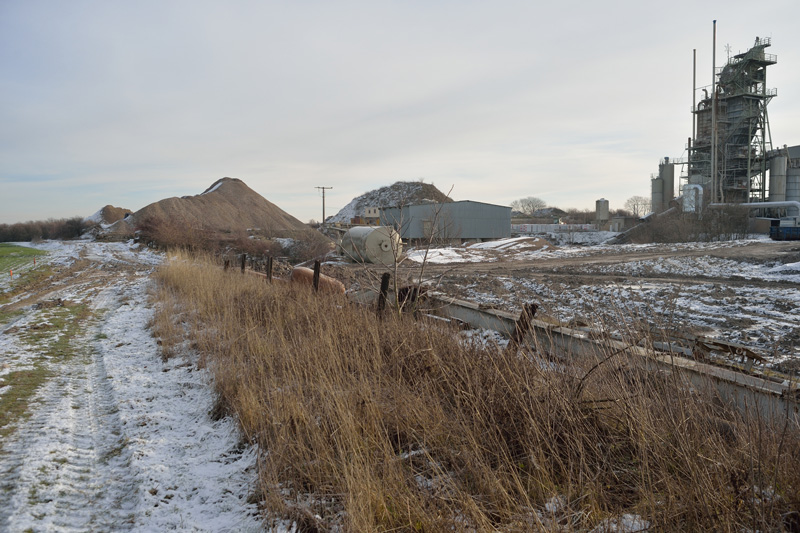
|
|
28mm and F5.6. The image is pretty sharp. Only the far corners are are a bit soft. |
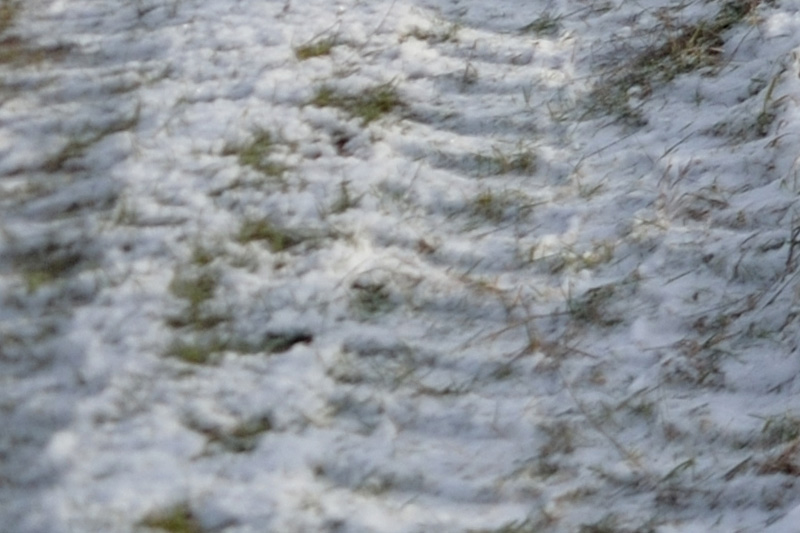
|
|
100% crop from the lower left corner. |

|
|
Same crop, but captured at F11. |
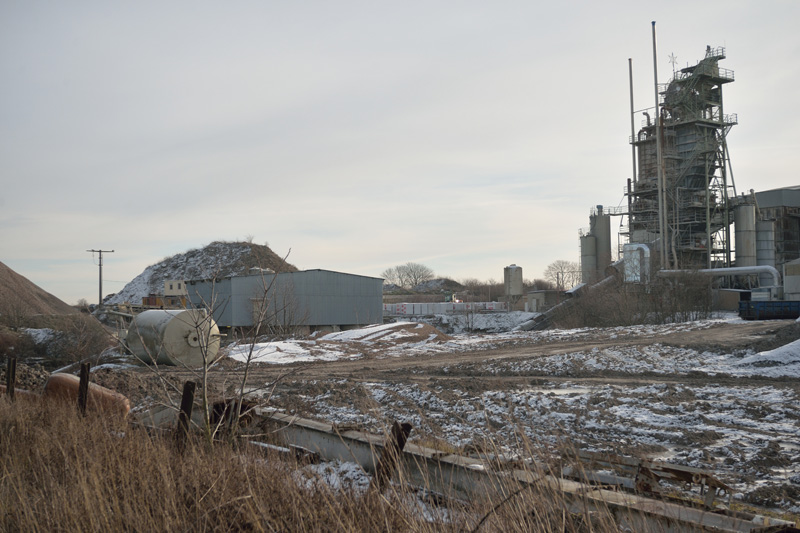
|
|
45mm and F5.6. Sharp in the middle of the frame, but a bit fuzzy corners and borders. |
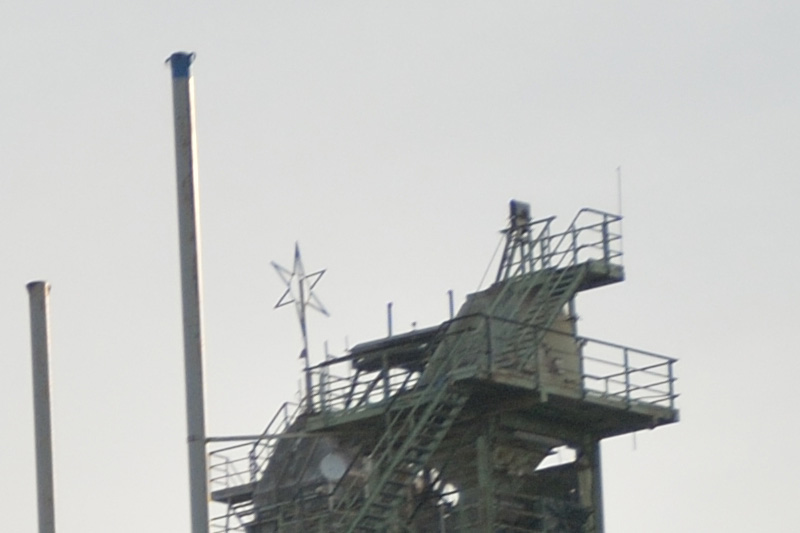
|
|
100% crop from the upper right corner. |
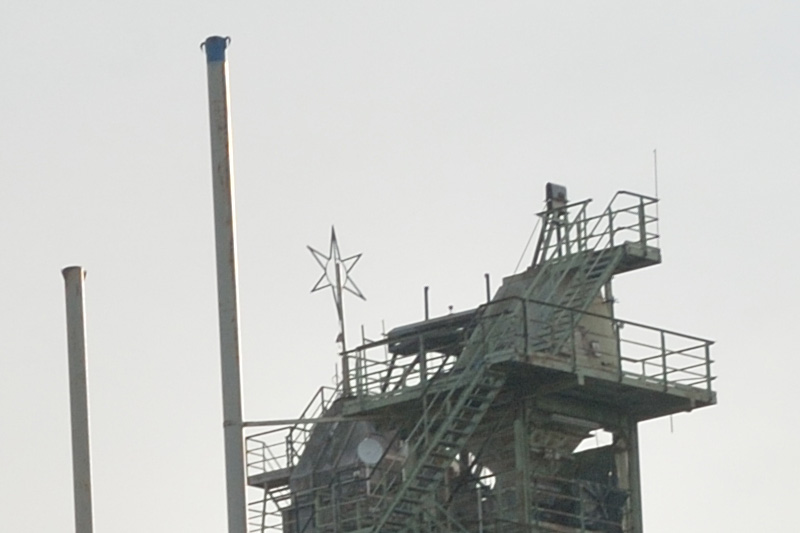
|
|
At F11 it is sharp all over. |
Overall, the Zoom-Nikkor 28-45mm f/4.5 is a very good performer. Together with the 80-200mm f/4.5 it makes a "zoom dream team" of the 70s!
What to do with the gap between 45 and 80mm? In 1975 Nikon introduced a new version of the 43-86mm f/3.5, that filled the gap seamlessly:
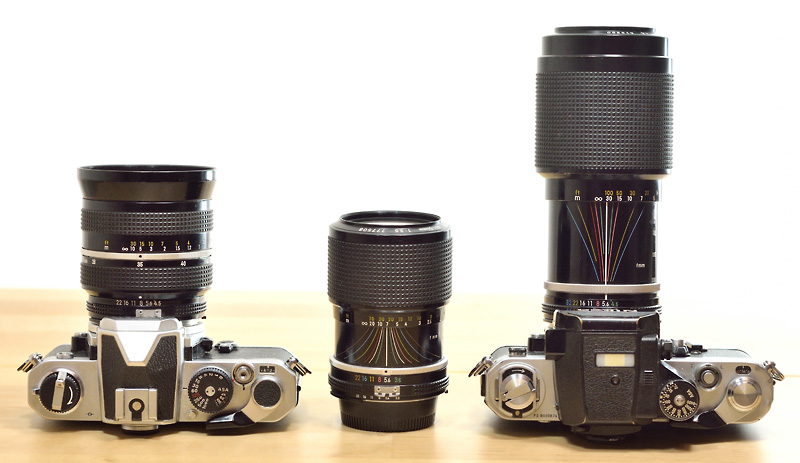
|
|
Zoom-Nikkor 43-86mm f/3.5 - an optimum addition by name only! |
Well, the new version of the 43-86 is a bit better than the old one. But it still is not a good lens! The dream team members perform clearly better at 43mm or 86mm, respectively.
I would leave the gap alone! Or how about using a special lens in between: a fast standard lens or a 55mm Micro-Nikkor?
BTW: in the 80s Nikon updated the dream team by the 25-50mm f/4 and the 80-200mm f/4. I have not tried theses lenses yet, but they have a very good reputation.
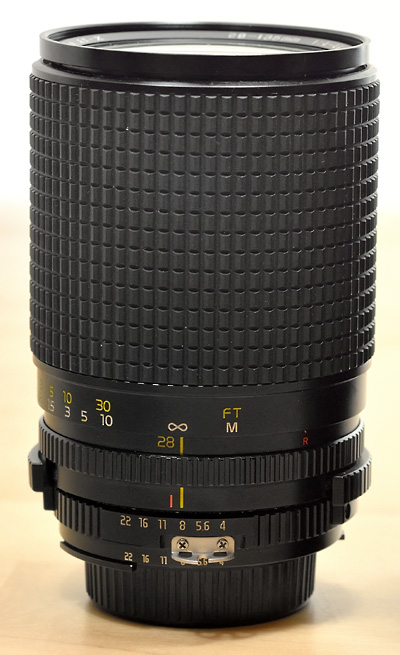
|
|
Tokina AT-X 28-135mm f/4-4.6. |
In 1982 I bought an AT-X 28-85mm f/3.5-4.5 from Tokina. My budget was very limited in that time and Nikon didn't offer such a lens. 28-85 was (and still is) my most important range for allround photography and the Tokina lens is an overall solid performer (except for a yellowish cast). For travelling and trekking I added two borrowed lenses in that time: the Zoom-Nikkor 80-200mm f/4.5 and the Nikkor 20mm f/3.5.
At the end of 1983 Tokina announced the AT-X 28-135mm f/4-4.6. The optical design consists of 18 elemets! I seriously thought about this lens in order to save weight (leave the 80-200 at home) and to reduce lens changes. In the end, I did not buy it due to financial reasons.
But I did buy it 35 years later for just a very few euros!
The build quality is fine, everything works smoothly. This one-ring zoom weighs 820g, has a length of 108mm (measured from the mount) and has a 67mm filter thread. The minimum focus distance depends on the focal length: 1.5m at 135mm, 0.8m at 80mm and 0.5m at 50mm and below.
The lens has a handling problem on a (D)SLR with focus arrows in the finder (like my Df): the focussing direction is reversed compared to Nikkor lenses. Even today that is a problem of many third-party lenses. But Tokina corrected that shortly after Nikon's introduction of the F-501 in 1986. As far as I know, even today, Tokina lenses with F-mount share Nikon's focus direction. That's fine, Tokina!
In my opinion, this 28-135mm is one of the first all-in-one lenses. Let's have a look at the optical performance!
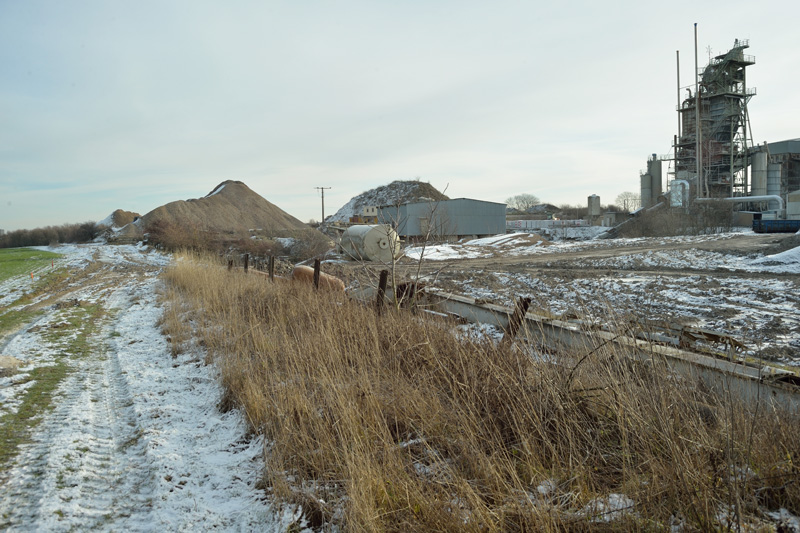
|
|
This image was captured with my Df plus Tokina AT-X 28-135mm f/4-4.6 at 28mm and F11. Good news: except for the farthest corners, everything is sharp! Bad news: at F5.6 the lens shows an uneven sharpness across the frame - stopping well down is highly recommended at 28mm. |

|
|
100% crop of the image above. |
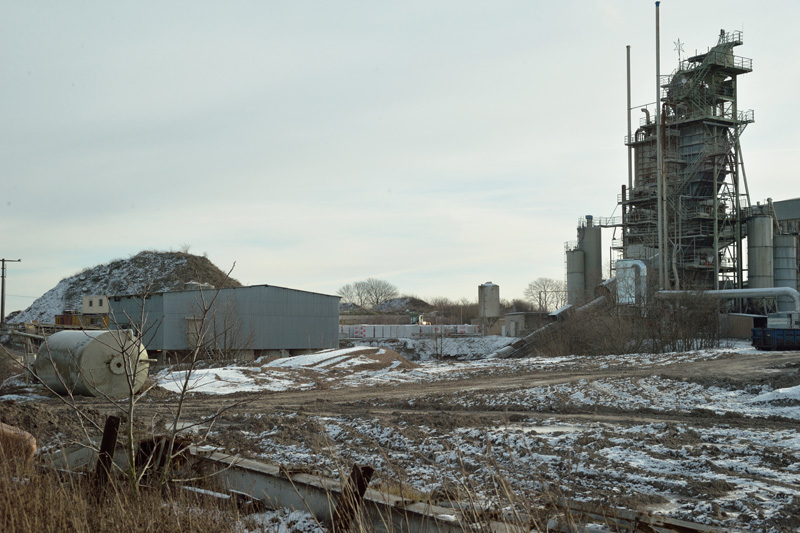
|
|
50mm and F11. Everything is fine. But at F5.6 the resolution of the lens seems to be limited! Only some parts of the image show good sharpness. Therefore again: stopping down is necessary! |
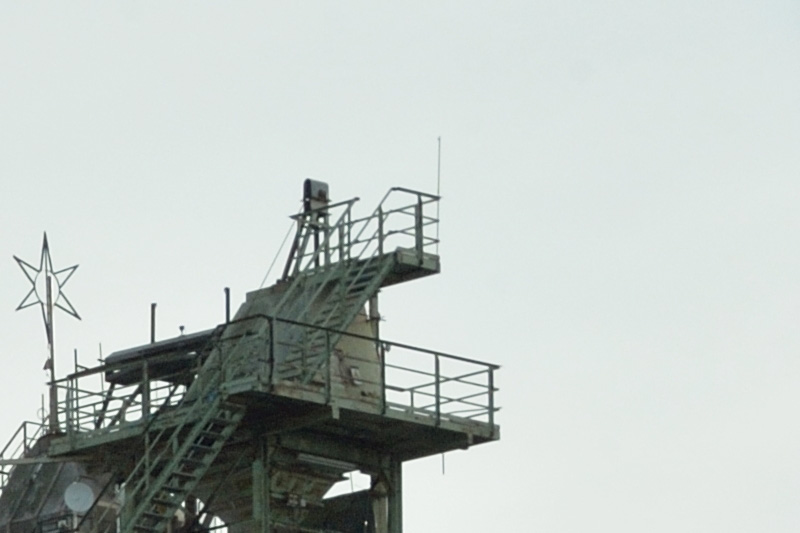
|
|
100% crop of the image above. |
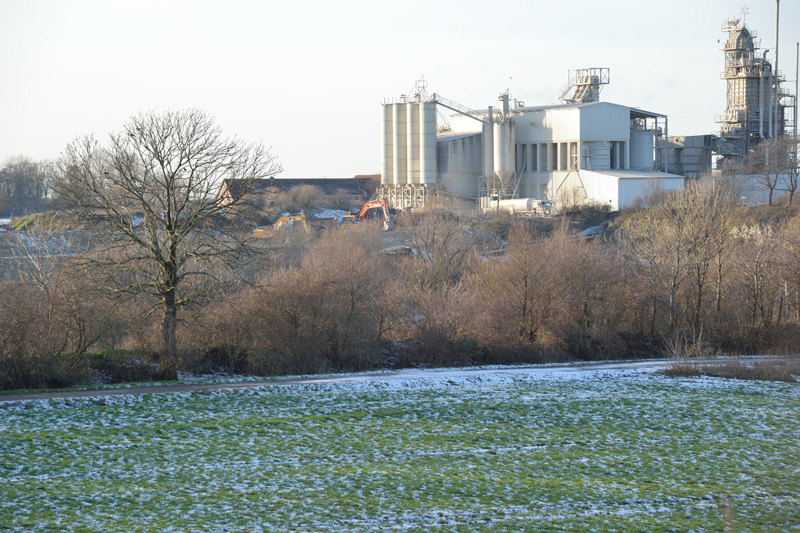
|
|
135mm and F8. Everything is fine. |

|
|
100% crop of the image above. |
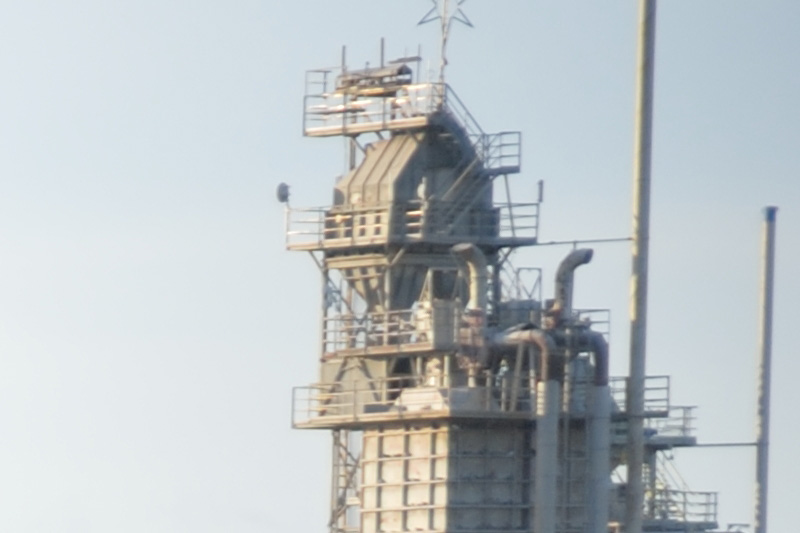
|
|
Good news: even wide open the lens delivers usable results at 135mm. |
Conclusion: yes, the Tokina 28-135mm is an all-round lens, but only for sunny weather.
Back to Nikon: in 1985 they announced the Zoom-Nikkor 35-200mm f/3.5-4.5. Although I would prefer the range of 28-135mm over 35-200mm, I count the 35-200mm as Nikon's first all-in-one zoom.
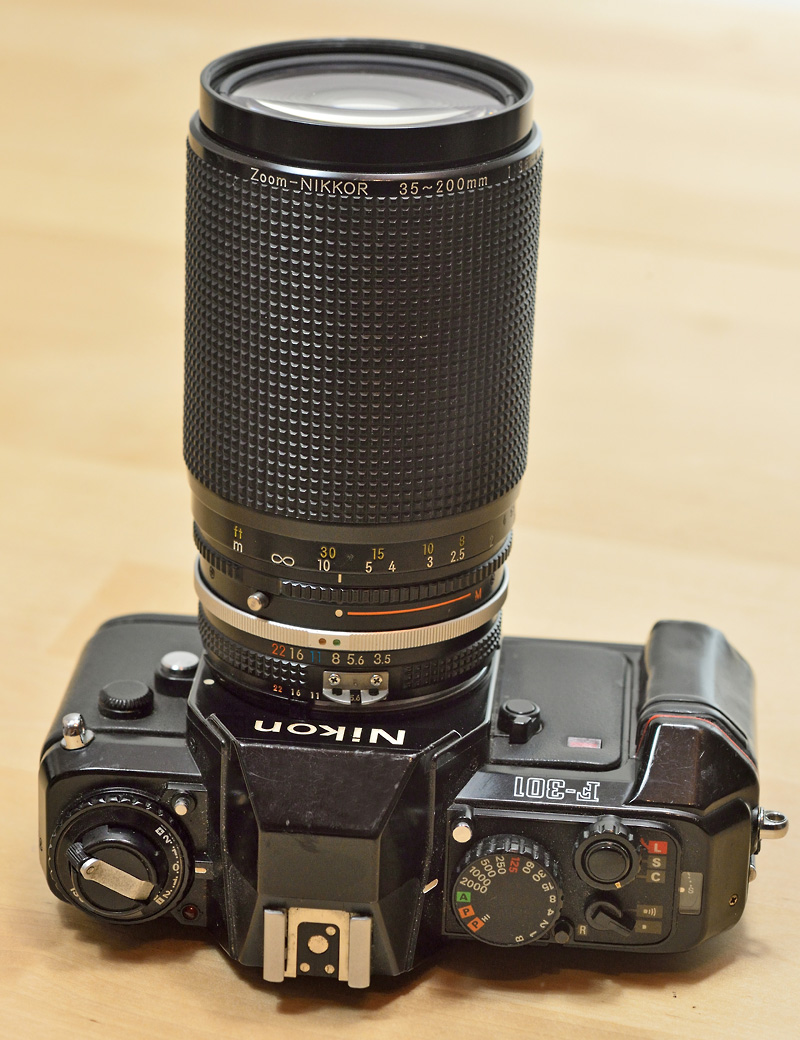
|
|
Zoom-Nikkor 35-200mm f/3.5-4.5 on the Nikon F-301, Nikon's first SLR with an integrated motor drive. Both camera and lens were introduced in 1985. Together, it is a great combo for travelling! I would just add a Nikon 6T close-up lens and a 20mm Nikkor. The lens weighs 750g, the length measured from the mount is around 130mm, the filter thread has a diameter of 62mm and the proper lens hood is HK-15. The shortest focus distance is 1.6m. There is a special macro setting at the short end. |

|
|
Magnification at 200mm and 1.6m - max. magnification with built-in macro setting - 200mm and 1.6m and 6T close-up lens Both the built-in macro-setting and the combination with the 6T deliver sharp images! |
It's a versatile lens with very good optics. The build quality is fine, as usual for manual-focus Nikkor lenses! Have a look at the test shots:
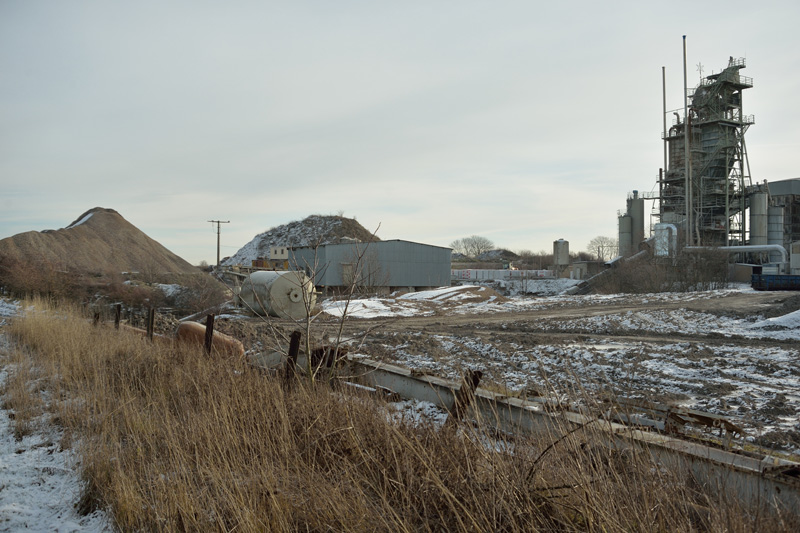
|
|
This image was shot with my Df plus Nikkor 35-200mm f/3.5-4.5 at 35mm and F5.6. Stopping further down betters the corner sharpness a bit. But in my opinion, even at F5.6 the IQ is very good! |

|
|
100% crop of the image above. |
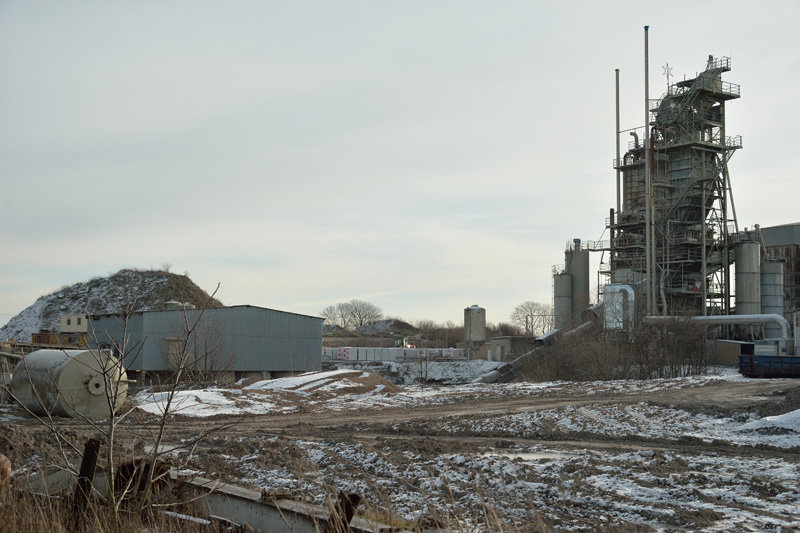
|
|
This image was captured at 50mm and F5.6. Same as 35mm - very good IQ! |
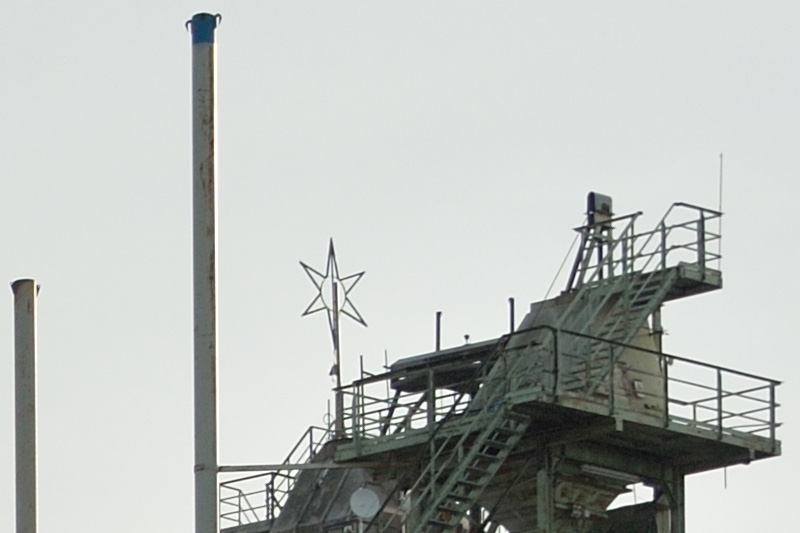
|
|
100% crop of the image above. |
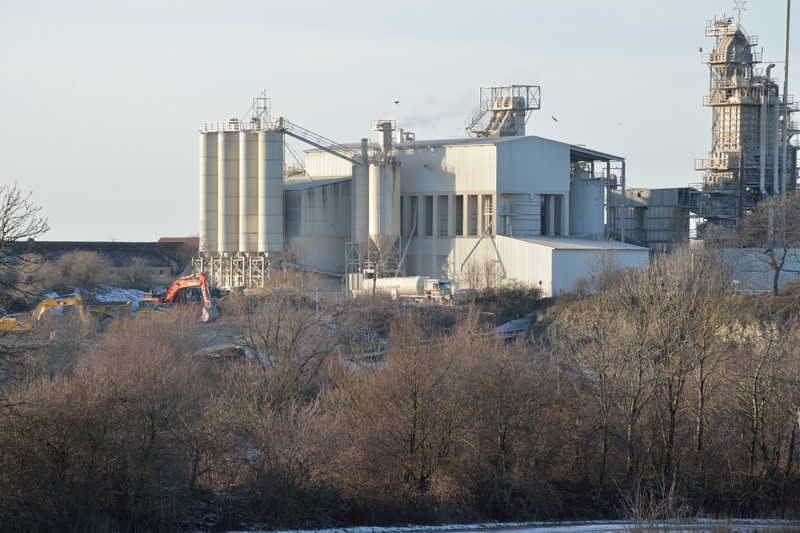
|
|
At 200mm and F8 the lens delivers sharp and contrasty images! |
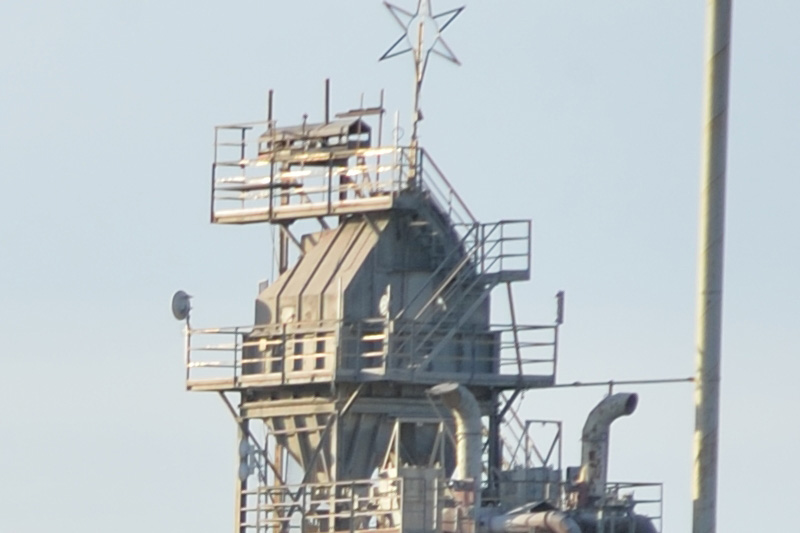
|
|
100% crop of the image above. |
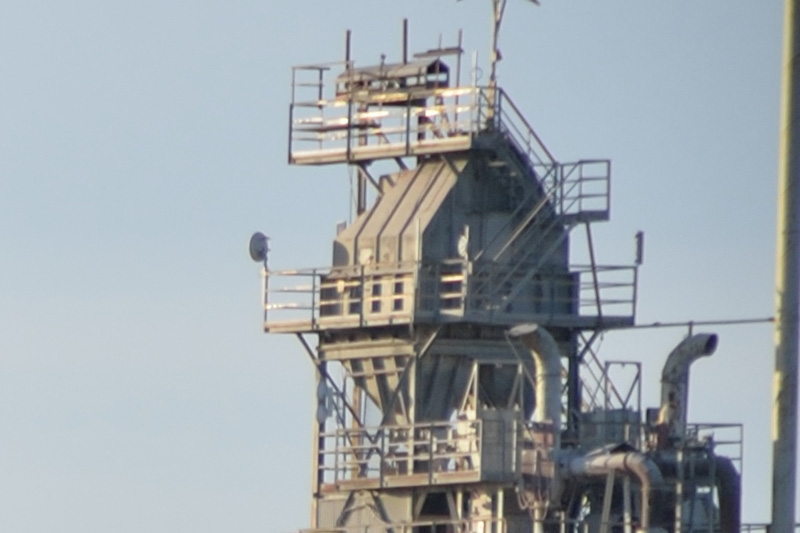
|
|
Same crop, shot wide open. The results are clearly worse to F8, but still ok. |
The dream team from the 70s (28-45mm f/4.5 plus 80-200mm f/4.5) and Nikon's first all-in-one lens (35-200mm f/3.5-4.5) are very good lenses, even by today's standards. That's true for the 16MP imagers in my Df and D4 cameras (maybe, the results would be different on a 36MP or 45MP sensor).
In my opinion it is a good idea to shoot with the dream team or with the 35-200 for a few days. You will see that you can shoot great images with these old lenses. It will remind you of the fact that the most important thing for photography is located between your ears and not in front of your face!
If you have already photographed in the 60s, 70s or 80s, it is a pleasant mixture of fun and memories to use these lenses. Moreover, the lenses I presented in this article are only a small subset of all the zoom lenses waiting for you out there, e.g. 200-600mm f/9.5-10.5 from 1961, 50-300mm F/4.5 from 1966, 35-70 f/3.5 from 1976, 80-200mm f/2.8 from 1982 or the 100-300mm f/5.6 from 1984. And there are prime lenses waiting, too. Let us know what you find out!